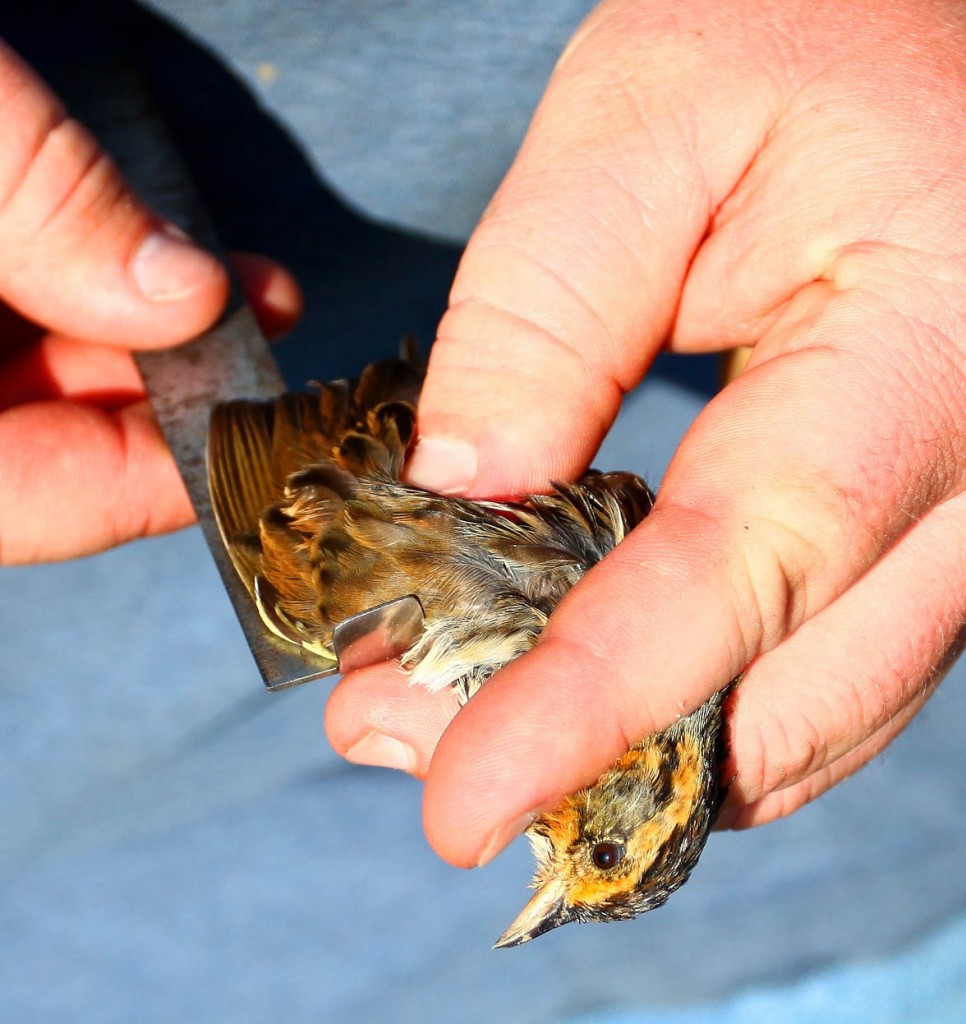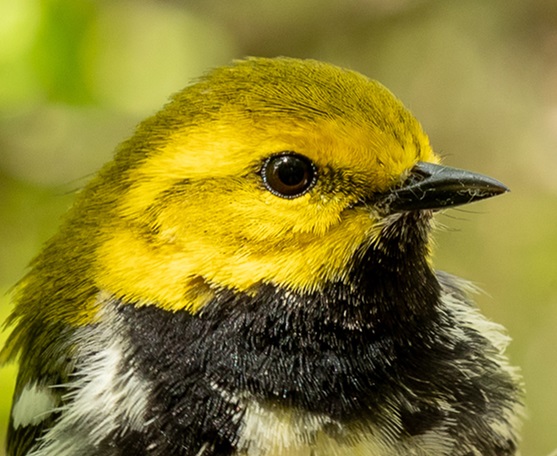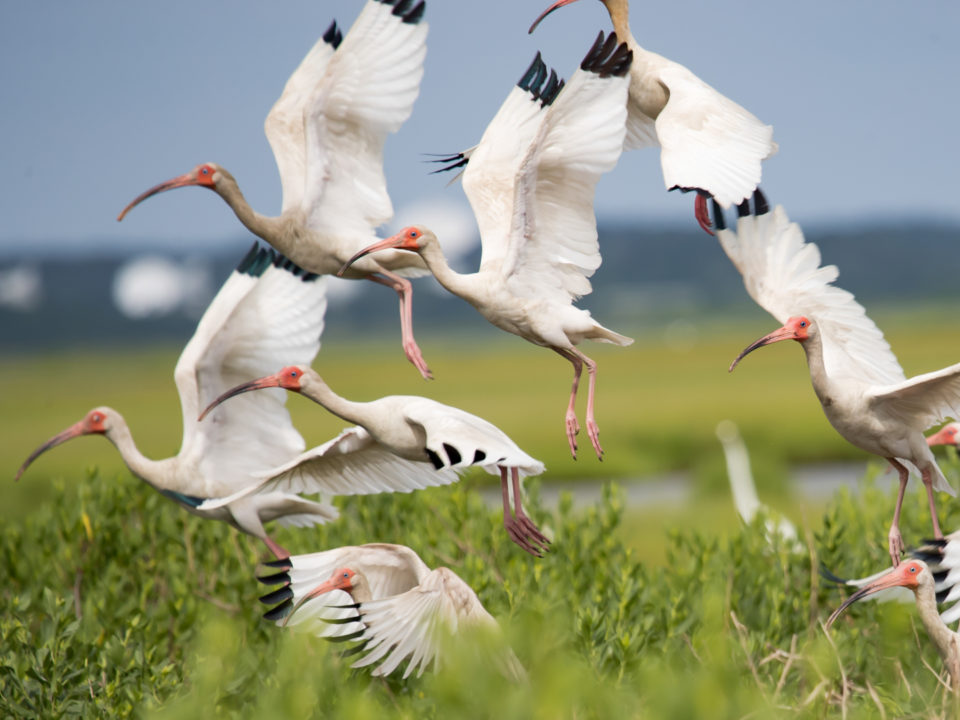CCB assists Georgia DNR in winter sparrow study
Camellia in Great Neck, Va Beach 2/7
February 8, 2013Camellia Near First Colonial High School 2/10
February 11, 2013
Written by Bryan Watts
2/8/13
For the third winter in a row Fletcher Smith, a field biologist with the Center for Conservation Biology, has traveled to the coast of Georgia to assist the Georgia Department of Natural Resources with a project focused on marsh sparrows in winter. Initiated as a sister project to a CCB project in coastal Virginia the effort has captured, identified, and banded nearly 500 sparrows in several trapping sites along the coast of Georgia.

A seaside sparrow during winter. Photo by Bryan Watts.
Seaside and saltmarsh sparrows spend their entire life cycle within tidal salt marshes and represent some of the most sensitive indicators of marsh conditions available to science. Their home is confined to the narrow ribbon of habitat that is increasingly vulnerable to climate change and sea-level rise. The broad objective of this work is to collect information that will be critical to the long-term conservation of these species. Habitat-specific densities, age structure, site philopatry, survivorship, and habitat use are all important in understanding the potential impacts of sea-level rise on marsh-bird populations.

Fletcher Smith measures the wing of a saltmarsh sparrow. Photo by Bryan Watts.
Related posts
Two whimbrels, including an adult (foreground) that exhibits worn body plumage, especially along the scapular region, and a juvenile (background) with fresher plumage. CCB collaborated with eBird and used photographs like these to better understand differences in migration patterns between adults and juveniles at migratory stopover sites in the eastern United States. Photo credit: Macaulay Library (ML116488021)



